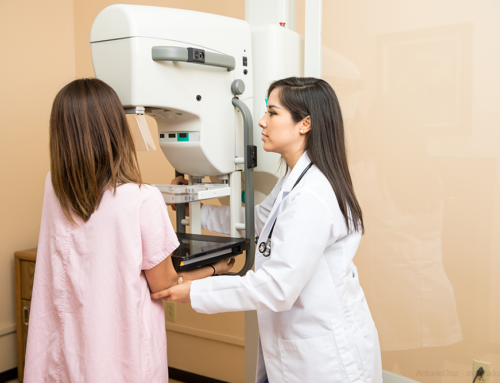Magnetic resonance imaging is a medical imaging technique used to create detailed images of internal structures within the body. It is a non-invasive procedure that uses a strong magnetic field and radio waves to produce images of organs, tissues, and bones. If you are scheduled for an MRI, here is what you can expect.
Before the MRI
Before the MRI, you may be asked to change into a hospital gown and remove any metal objects, such as jewelry or hairpins, as metal can interfere with the MRI’s magnetic field. If you have any medical devices that contain metal, such as pacemakers, it is important to inform your doctor before the procedure.
During the MRI
During the MRI, you will lie down on a table that slides into a tunnel-like machine. The machine is open on both ends, so you will not be completely enclosed. You will be given headphones to listen to music or other sounds to help pass the time, as the MRI can be noisy.

It is important to remain still during the procedure, as movement can cause the images to be blurry. You will be given instructions on when to hold your breath to ensure that the images are clear. The MRI machine may also produce a tapping or knocking sound as it takes images, but this is normal and nothing to be concerned about.
The procedure typically takes between 30 minutes to an hour, depending on the area of the body being imaged. If contrast material is needed to enhance the images, it will be injected into a vein in your arm during the procedure.
After the MRI
After the MRI, you will be able to resume your normal activities immediately. However, if you were given contrast material, you may be asked to wait for a short period to ensure that you do not have an adverse reaction.
Your doctor will review the images and use them to make a diagnosis. Depending on the results, they may recommend additional tests or treatments.
In conclusion, an MRI is a safe and non-invasive procedure that can provide detailed images of internal structures within the body. While it may be a bit noisy and require you to remain still, it is typically a painless procedure that can help your doctor make an accurate diagnosis and develop a treatment plan. If you have any questions or concerns about your MRI, don’t hesitate to speak with your doctor.




